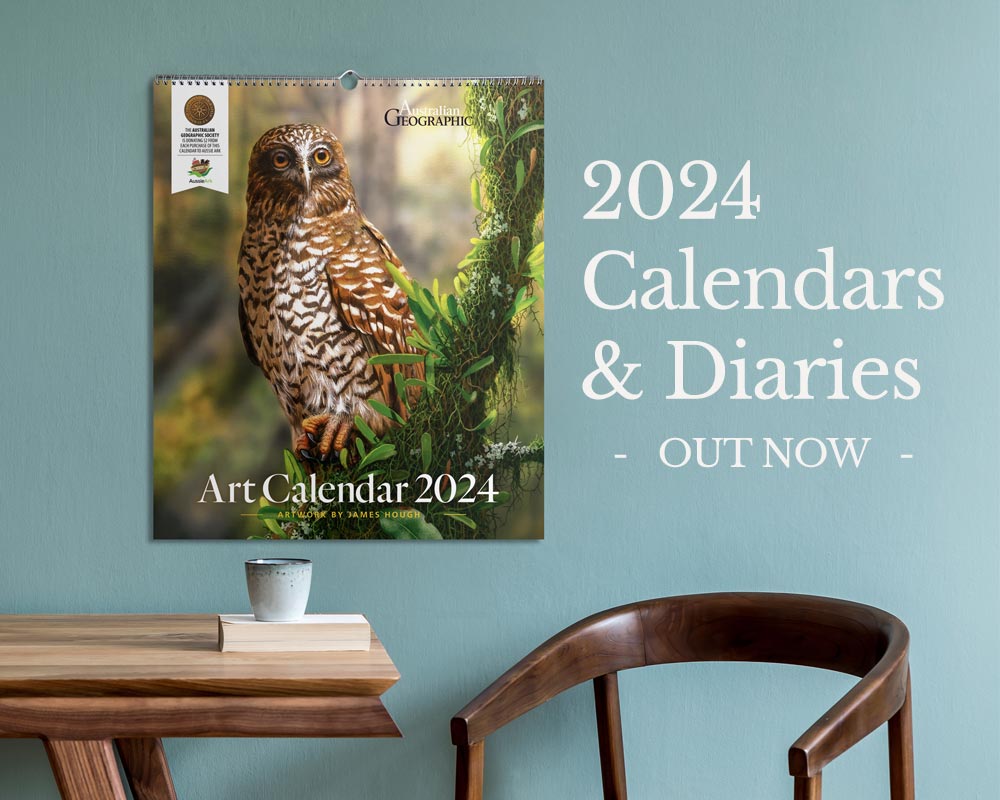The results are in for the 2024 Aussie Bird Count

More than 4.1 million birds were counted in the 2024 Aussie Bird Count – 500, 000 more birds than in 2023. The weeklong event provided invaluable data for BirdLife Australia to better understand avian biodiversity across the nation.
And the winner is – drumroll please…
THE RAINBOW LORIKEET (again)!
The rainbow lorikeet (Trichoglossus moluccanus) has topped the nationwide list for the 11th year in a row. This colourful parrot was the most-counted bird in New South Wales, South Australia, Victoria, Western Australia and Queensland.
In second place came the noisy miner (Manorina melanocephala). This small (and highly territorial) native honeyeater was the second-most counted bird in New South Wales and Queensland, and the third most-counted bird in South Australia and Victoria.

The Australian magpie (Gymnorhina tibicen) placed third. But Sean Dooley, senior public affairs advisor at BirdLife Australia, said this avian icon was the most widely seen species across Australia.
“The Australian magpie was actually the bird spotted by the most participants across the country, so it’s Australia’s most familiar bird,” he said.
“Almost 50 per cent of participants saw a magpie when they did the Aussie Bird Count, which is a reminder of how closely connected we are to this beautiful, intelligent bird.”
Familiar favourites
Joining the rainbow lorikeet, noisy miner and Australian magpie in the top 10 birds counted in Australia was the sulphur-crested cockatoo (Cacatua galerita), welcome swallow (Hirundo neoxena), galah (Eolophus roseicapilla), silver gull (Chroicocephalus novaehollandiae), Australian white ibis (Threskiornis molucca), house sparrow (Passer domesticus) and little corella (Cacatua sanguinea).

Other notable species include the crimson rosella (Platycercus elegans), magpie goose (Anseranas semipalmata), New Holland honeyeater (Phylidonyris novaehollandiae), common blackbird (Turdus merula), and Torresian crow (Corvus orru).
Aussies in Australia’s external territories also participated in the count, with the house sparrow, white tern (Gygis alba), and brown noddy (Anous stolidus) the most commonly reported species.
The findings
The data collected during Aussie Bird Count offer a window into the avian biodiversity across the country – especially in urban areas – and the ways that Australia’s birds are responding to modified habitats.
“Birds are responding to the way we have changed our environment. The most numerous birds reported in the Aussie Bird Count are the ones that adapt better to these changes,” Sean said.
“If we want to ensure we can enjoy seeing and hearing a greater variety of birds, including smaller bush birds, we need to continue the great work already underway to create more diverse habitat in both urban and regional spaces.”

Stay tuned for the 2025 Aussie Bird Count, which will take place from 20–26 October 2025.
“If you had fun taking part in last year’s Count and can’t wait until October, we’d love you to join our active community of volunteer birdwatchers who have already contributed more than 25 million records to our Birdata platform,” Sean said.
“It’s free and it helps BirdLife Australia with our scientific research and conservation work. Your hobby can really make a big difference.”
Top 3 birds counted in each state and territory
ACT
- Sulphur-crested cockatoo
- Australian magpie
- Crimson rosella
NSW
- Rainbow lorikeet
- Noisy miner
- Sulphur-crested cockatoo
NT
- Magpie goose
- Red-collared lorikeet
- Little corella
QLD
- Rainbow lorikeet
- Noisy miner
- Torresian crow
SA
- Rainbow lorikeet
- New Holland honeyeater
- Noisy miner
TAS
- Silver gull
- House sparrow
- Common blackbird
VIC
- Rainbow lorikeet
- Australian magpie
- Noisy miner
WA
- Rainbow lorikeet
- New Holland honeyeater
- Galah
External Territories
- House sparrow
- White tern
- Brown noddy



